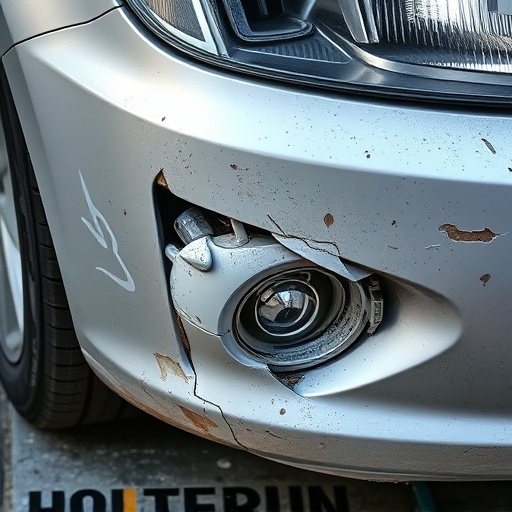Preferred Drug Lists (PDRs) are indispensable tools in healthcare, categorizing medications for easier navigation and enhancing patient care by prioritizing safety, efficacy, and cost-effectiveness. Beyond medicine, PDR principles influence industries like auto body repair through "Paintless Dent Repair" (PDR), promoting preventive disease management that improves outcomes, reduces healthcare costs, and minimizes the economic burden of chronic conditions. Data analytics further revolutionizes PDR operations in collision repair shops by optimizing processes, improving efficiency, and enhancing resource allocation, ultimately boosting productivity and customer satisfaction.
In today’s healthcare landscape, Preferred Drug Lists (PDRs) play a pivotal role in optimizing patient outcomes and managing costs. This article delves into the science behind PDR benefits, exploring their purpose, impact on patient care, and cost savings. We analyze how data analytics enhance the efficiency of PDR programs, providing insights that drive better decisions and improve overall health management. Understanding PDR benefits is crucial for navigating the complex healthcare environment and ensuring access to optimal treatments.
- Understanding PDR (Preferred Drug Lists) and Their Purpose
- The Impact of PDR Benefits on Patient Outcomes and Cost Savings
- How Data Analytics Enhance the Efficiency of PDR Programs
Understanding PDR (Preferred Drug Lists) and Their Purpose

Preferred Drug Lists (PDRs) are critical resources in the healthcare industry, serving as comprehensive guides that help healthcare professionals and consumers navigate the vast array of available medications. These lists are meticulously curated to include drugs categorized by therapeutic areas, providing a structured framework for effective medication management. The primary purpose of PDRs is to streamline prescription practices by offering a preferred or recommended list of pharmaceuticals, based on factors such as safety, efficacy, and cost-effectiveness. This approach ensures that healthcare providers have reliable information at their fingertips, enabling them to make informed decisions while prescribing medications, ultimately enhancing patient care.
PDR benefits extend beyond individual doctors’ offices; they significantly impact the broader healthcare landscape. For instance, in the realm of auto body repair and car dent fixing (auto dent repair, auto body shop), PDRs play a subtle yet crucial role by guiding technicians and owners on choosing the best materials and products for various vehicle makes and models. This ensures not just aesthetic repairs but also structural integrity, aligning with overall vehicle safety.
The Impact of PDR Benefits on Patient Outcomes and Cost Savings

The implementation of PDR benefits has significantly transformed patient outcomes and cost savings in the healthcare sector. By focusing on preventive measures and encouraging patients to actively manage their health, PDR benefits play a pivotal role in reducing overall medical expenditure. This approach, often referred to as auto body restoration or vehicle collision repair for physical injuries, aims to minimize the financial burden associated with chronic conditions and recurrent visits.
Through incentivizing regular check-ups, early disease detection, and healthy lifestyle choices, PDR benefits contribute to better patient outcomes. By addressing health issues proactively, rather than reacting to severe conditions, these programs effectively reduce the need for intensive and costly treatments. This shift towards preventive care not only benefits individuals but also has a positive impact on society as a whole, easing the strain on healthcare systems and resources, especially in managing non-communicable diseases related to lifestyle choices.
How Data Analytics Enhance the Efficiency of PDR Programs

Data analytics plays a pivotal role in enhancing the efficiency of PDR (Paintless Dent Repair) programs. By leveraging advanced algorithms and machine learning techniques, collision repair shops can gain deep insights into their operations. This enables them to identify bottlenecks, optimize processes, and allocate resources effectively. For instance, data analytics can help pinpoint which technicians are most proficient in specific types of vehicle repair, allowing for better workload distribution and improved overall productivity.
Moreover, analytics provides real-time tracking of PDR benefits, such as reduced downtime for car restoration and lower costs associated with paintless dent repair compared to traditional methods. This allows shops to showcase their efficiency to clients, enhancing customer satisfaction and loyalty. By integrating data-driven insights into their strategies, collision repair shops can elevate the standards of service they offer, solidifying their position in a competitive market.
PDR benefits have proven to be a game-changer in healthcare, offering significant improvements in patient outcomes and cost savings. By analyzing data efficiently, these programs can identify trends, optimize drug choices, and ultimately enhance patient satisfaction. The science behind PDR lies in its ability to navigate the complex healthcare landscape, ensuring patients receive the best treatment options while managing costs effectively.













